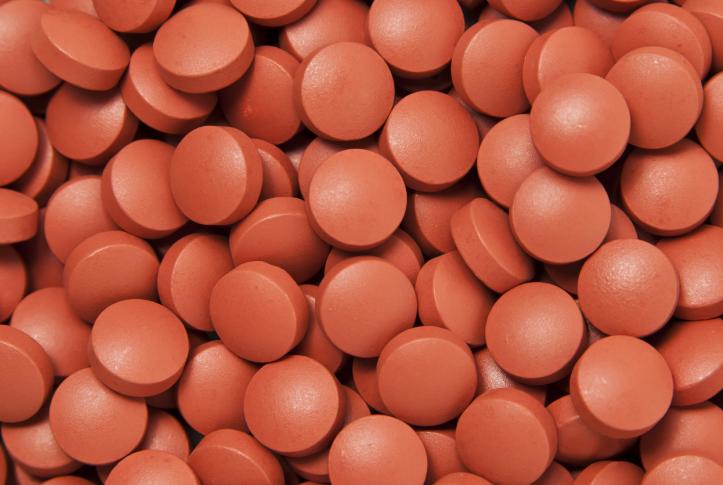Synopsis
Brand-name pharmaceutical manufacturers often seek to delay generic competitors from entering the market. Strategies include obtaining and listing additional patents on their drugs with the Food and Drug Administration (FDA), engaging in strategic settlements of patent litigation, and restricting generic manufacturers’ access to drug samples. A number of reforms could ensure the timely availability of generic drugs while reducing overall spending on prescription drugs.
The Issue
Manufacturers of brand-name drugs use many strategies to extend the market exclusivity of their products. . . . By delaying the entry of generic products into the marketplace, such tactics can keep prices high and limit the affordability of drugs to patients and payers.
In the United States, prescription drugs have two market cycles: an initial phase when only the brand-name manufacturer’s drug is available, and a subsequent phase when generic-equivalent drugs enter the market. The FDA approves generics based on a comparison with the original brand-name drug that demonstrates bioequivalence. The availability of generics drives down drug prices by as much as 80 percent, saving the U.S. health care system $1 trillion between 1999 and 2010. Commonwealth Fund–supported researchers examined approaches that manufacturers use to delay market entry for generic drugs.
Strategies That Delay Generic Drugs
Brand-name drug manufacturers employ a variety of strategies to delay generic drug market entry, including:
- Secondary patents. A brand-name manufacturer may seek to extend the market exclusivity provided by the initial patent on its drug’s active ingredient by obtaining new patents on secondary aspects of the drug, such as its coating or its method of administration. Between 1985 and 2005, the median number of patents listed with the FDA for a new drug tripled.
- Reverse payment settlements. Brand-name manufacturers will often settle litigation related to the validity of their patents by offering valuable compensation to generic manufacturers. In exchange, the generic manufacturers drop their legal challenges and market their products later. Between 2001 and 2008, patent challenges brought by generic drug manufacturers and reverse-payment settlements terminating those challenges increased substantially. The Federal Trade Commission (FTC) estimates that these settlements cost consumers $3.5 billion annually by preventing or delaying generic drugs from entering the market. Although reverse-payment settlements have become less common following a Supreme Court ruling in 2013, they now often involve complex marketing agreements intended to obscure payment.
- Restrictions on distribution. Some brand-name drug manufacturers have tried to restrict generic manufacturers’ access to drug samples, hoping to prevent them from completing FDA-required bioequivalence testing. As of March 2016, the FDA received approximately 150 inquiries from generic drug makers about their inability to secure drug samples.
- Frivolous petitions to the FDA. Brand-name manufacturers also have filed petitions with the FDA to object to generic drug approvals. Typical petitions argue that the FDA’s normal bioequivalence comparison method is inadequate and that approval of the generic application should be withheld pending further testing. Between 2013 and 2015, the FDA received 67 such petitions but approved only three.
Recommendations to Promote Generic Drugs
The authors recommend a number of steps to promote timely FDA approval of generic drugs:
- Patent oversight. The U.S. Patent and Trademark Office could review patent applications more strictly to eliminate weak secondary patents that do not meet the key standards. This could include, for example, patents covering “trivial drug modifications.” Similarly, the federal government could encourage administrative challenges to questionable secondary patents.
- Curbing reverse-payment settlements and drug distribution restrictions. The FTC could more aggressively enforce antitrust scrutiny against reverse-payment settlements between brand-name and generic manufacturers. Pending legislation in Congress would presumptively treat these settlements as anticompetitive. Separate legislation would require brand-name manufacturers to share samples of their products with generic makers.
- Rethinking the petition process. To limit frivolous petitions, the FDA could issue advance guidance on the bioequivalence-testing process for complex generic products. It is also within the FDA’s authority to summarily deny petitions that seem to be filed with the main purpose of delaying an application for approval.
About the Study
The researchers examined peer-reviewed medical and health policy literature published between 2006 and 2017 related to strategies that brand-name drug manufacturers use to extend market exclusivity.
The Bottom Line
Brand-name drug manufacturers use strategies to prevent generic drugs from entering the market, to the detriment of the health care system and consumers. Congress and government agencies could adopt reforms to ensure timely FDA approval of generic drugs.




